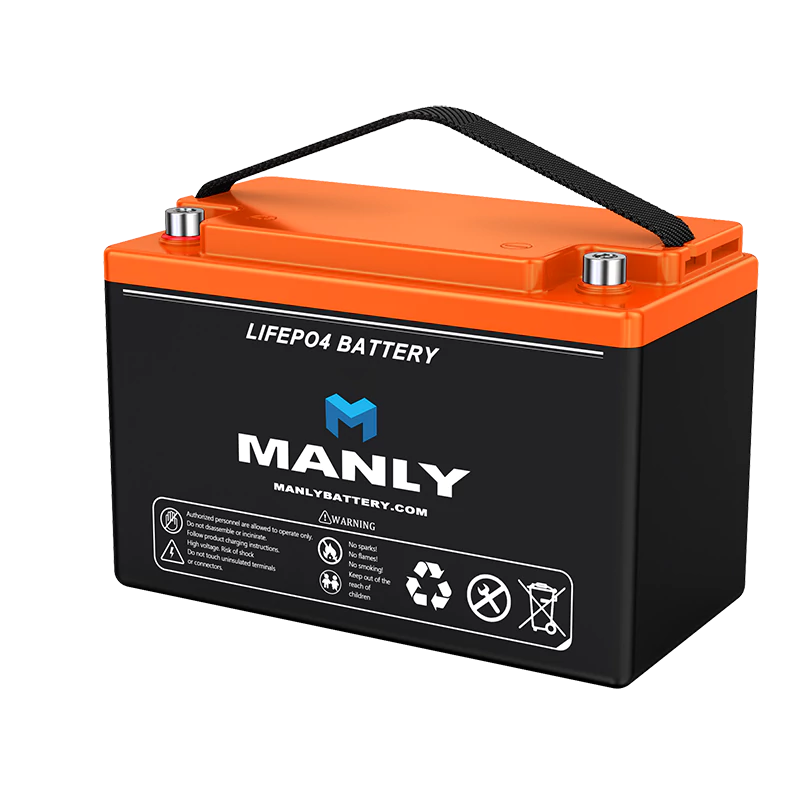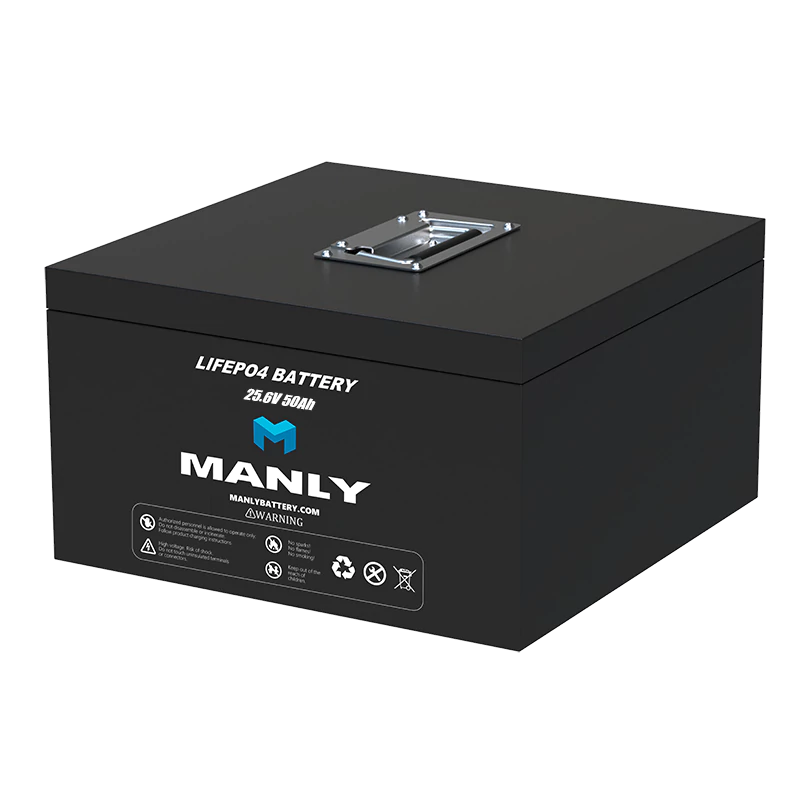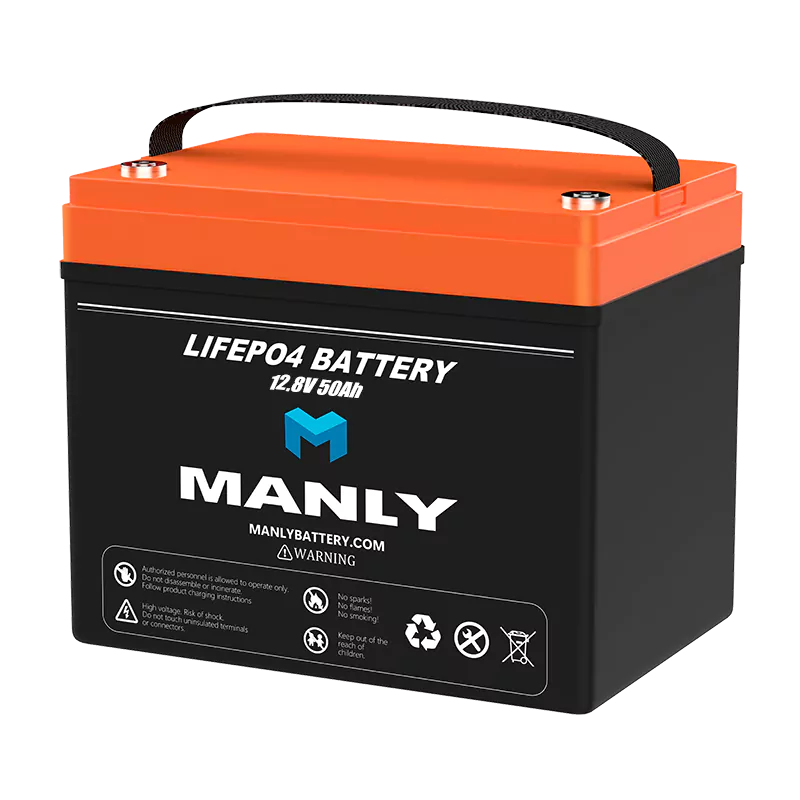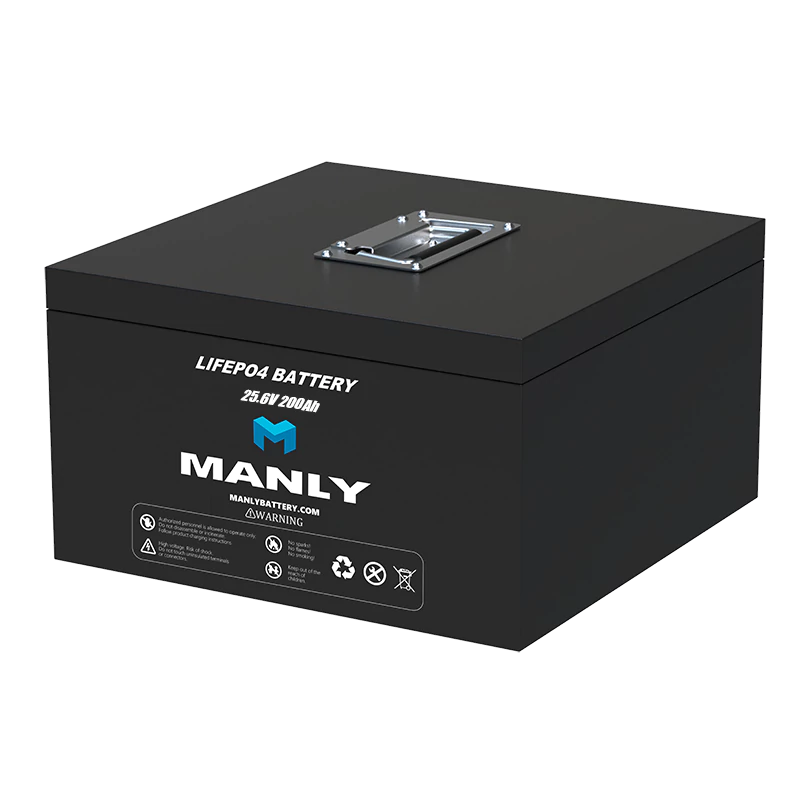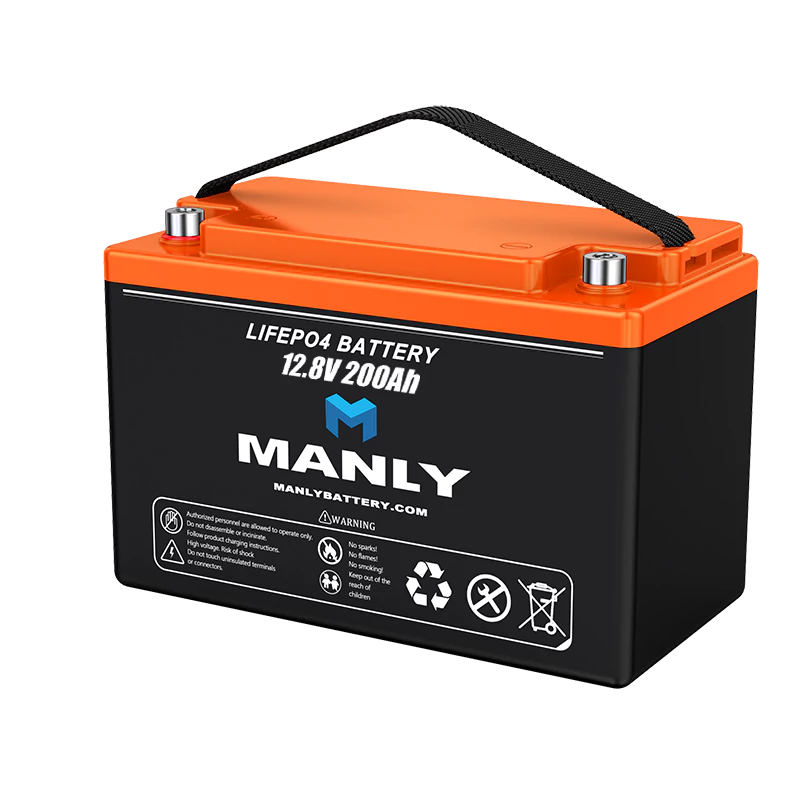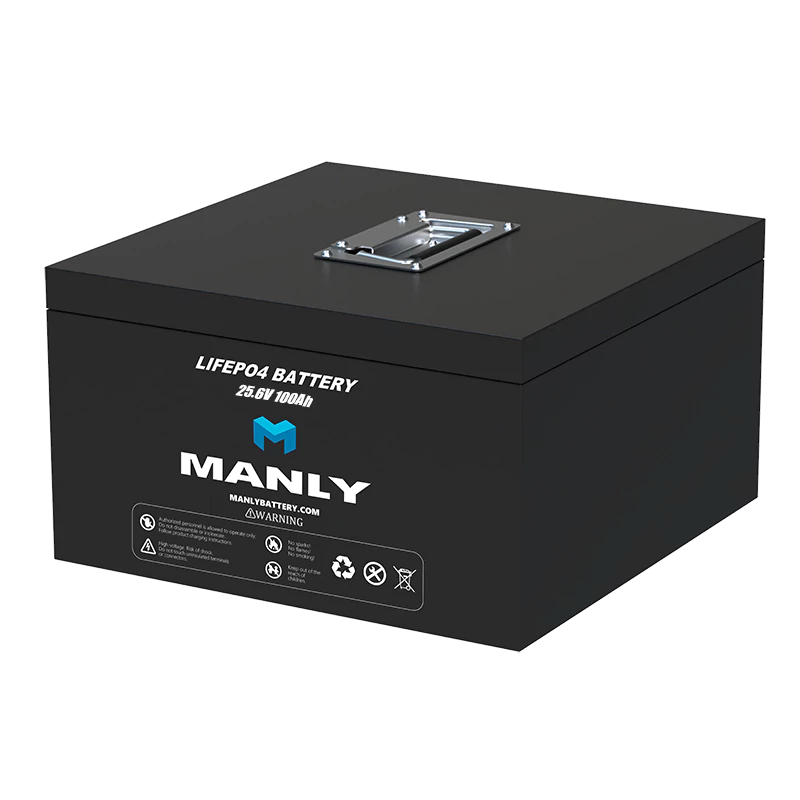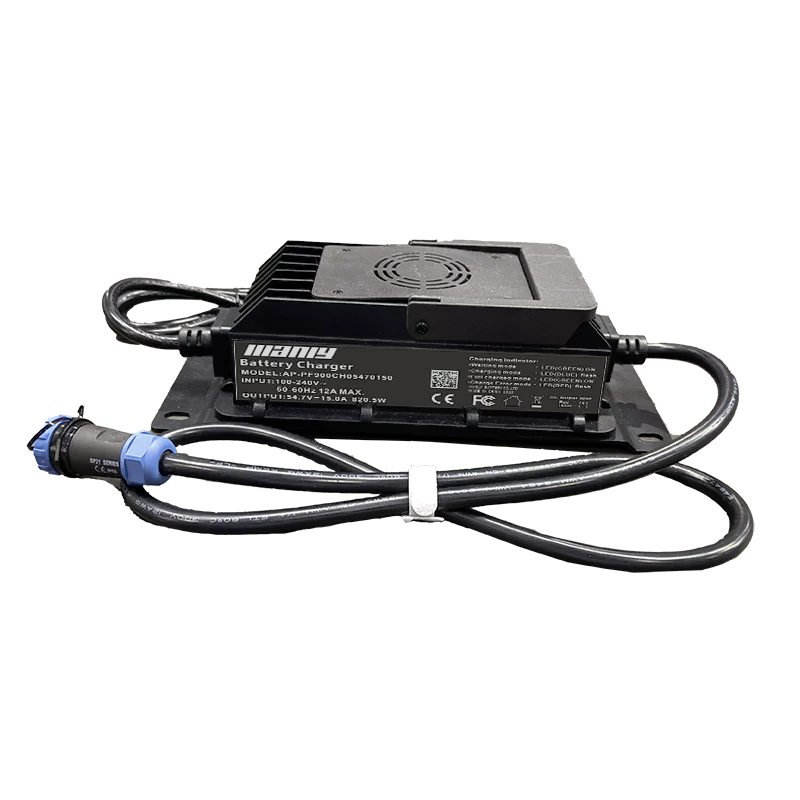1. Power:
The audio power is further divided into rated power/carrying power/peak power.Rated power: refers to the maximum electrical power that drives an 8Ω speaker within the rated range and specifies a continuous analog signal with a waveform. After a certain interval and repeated a certain number of times, the speaker does not suffer any damage.Carrying power: refers to the average power of the signal that is allowed to be applied to the audio input under the condition that the speaker is allowed to have a certain distortion. The loudspeaker unit with high power load is not easy to be distorted due to the high power provided by the power amplifier, and can have an ideal performance when listening to bursting music; and the speaker needs to cooperate with the power amplifier to provide a large sound pressure, and It doesn't mean that a loudspeaker with a high power load is necessarily "loud enough".Peak power: refers to the maximum power that the speaker can withstand in a short period of time.The power of the speaker is one of the important indicators for choosing a speaker. Due to different understandings of the definition of power at home and abroad, there are still great differences in the standard method of loudspeakers. The nominal power of the general speaker is the rated power. Rated power or rated noise power refers to the input power when the speaker can work continuously for a long time without producing abnormal sound. According to the standard of the International Electrotechnical Commission (IEC), the speaker under test should ensure that no abnormality occurs during 100 hours of continuous operation.2.Signal to Noise Ratio:
The signal-to-noise ratio indicates the ratio of the sound signal and the noise signal played back by the speaker under normal conditions. It directly affects the sound broadcasting quality of the speaker. Usually, the lower the signal-to-noise ratio and the smaller the input signal, the more serious noise will appear in the speaker, and the sound in the entire sound range will obviously become turbid and unclear. what sound. In order to ensure the sound effect, it is recommended that speakers with a signal-to-noise ratio of more than 80dB can be included in the purchase scope.3.Frequency response:
This indicator reflects the main frequency range of the speaker's work. The wider the range, the better the sound reproducing characteristics. Generally, the frequency response of a high-fidelity speaker box is 20-30KHz. People basically cannot perceive the sound below 20Hz. can be felt through other organs.4.Sensitivity:
Sensitivity refers to the sound pressure level measured at 1m in the axial direction when the speaker is applied with a pink noise signal voltage equivalent to 1W of power on the rated impedance. The sensitivity of a speaker has no decisive influence on sound reproduction. Because one can get enough volume by adjusting the output of the amplifier. However, in the production of speakers, the sensitivity of the speaker is a parameter worth paying attention to. The sensitivity of each speaker unit must be basically the same in the frequency band that is responsible for reproducing, so that the high, medium and bass balance of the entire speaker can be reproduced.Especially for stereo speakers, the units used in the left and right channels must be strictly screened and matched. It is required that the output sound pressure level difference of the units used for the left and right channels should be within plus or minus 1d, otherwise it will affect the positioning of the sound image. The sensitivity of professional speakers is above 95dB/m.w, even as high as 120dB/m.w. The sensitivity of home speakers is small, even if they can have 92dB/m.w.5.Distortion:
The concept of speaker distortion degree and amplifier distortion degree are basically the same, but the amplifier input is an electrical signal, and the output is still an electrical signal, while the speaker input is an electrical signal, and the output is a sound wave signal, so the distortion degree of the speaker is an electrical signal. The amount of distortion that occurs when converting to and from the sound signal. The distortion index is only a general statement, and it should be divided into three types: harmonic distortion, mutual distortion and transient distortion.6.impedance:
This indicator represents the ratio of the voltage and current of the input signal of the speaker speaker. Usually, the input impedance of the speaker can be divided into two categories: high impedance and low impedance. The speaker of the ohm is a low impedance level, and the standard impedance of the speaker is usually 8 ohms.7.Crossover point:
The crossover point refers to the dividing point between the high-pass, band-pass and low-pass filters of the frequency divider. It is usually expressed in frequency and the unit is Hertz. The high-bass two-way speaker has only one crossover point, and the high, medium and low three-way speakers have two crossover points. The crossover point should be determined according to the frequency characteristics and power distribution of the speaker unit or speaker in each frequency band.
Contact Us
For bulk purchases, special surprise pricing will be available. For larger quantities, contact us at [email protected] or fill out the form below.








